फुहार / Fuhar ✾ Block Printed Cotton Top ✾ 26
- Availability: 1
- Made & Mkt by: Kalava Crafts
- Product Code: 4031-AS-26
- Weight: 500.00g
- Dimensions: 30.00cm x 30.00cm x 15.00cm
Rs.651
Available Options
Here comes the day- of get splashed with colours, to get filled with love and to distribute same to others... Pick a dress for the festival and rejoice the day- mix some fine cotton and lots of hard-earned skill! Chose from kurtas, stoles, tops and florals, make sure this festival is not only filled with love, but a blend of cotton and colors!
The typical dispatch time is 2-3 days; however, in special cases, it may take longer. Please refer to the product details section for specific timelines. Once dispatched, we will share the tracking details with you.
For returns, you can file a request within 24 hours of receiving the product. If the package is damaged, please make a video while unboxing and share images of the damaged item along with your return request.
9328006304 ( WhatsApp )
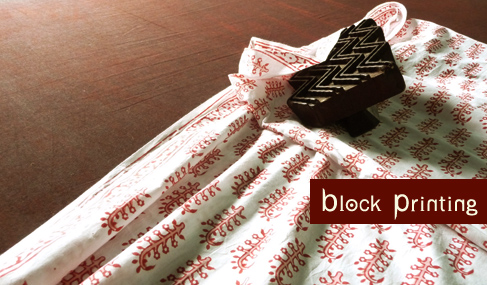
“The story goes as back as the times in history when my father would walk me to the river side, where lengths of colorful patterns waved up and down, with the gushing flow of Sabarmati. Things changed however, open banks were replaced by concrete blocks, flowing river by inert marshes, printing floors by long tables confined within four walls of the factories, washing got restricted to the water tanks, chemicals replaced natural colorants, and now, wooden blocks are fighting against much faster screen printing…” Master craftsman Faruk F. Chhipa recalls the days when he used to learn from his father Fakruddin Chhipa, who started ablock-printing unit in Ahmedabad, in 1964, under the name of ‘Fakira prints’. Employing around seventy skilled block printers, the unit can easily claim to be one of the biggest amongst 8-10 units in the city.
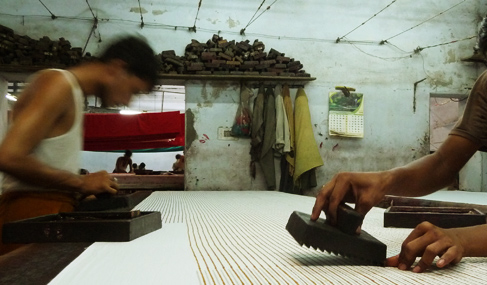
The practice of block printing is about two thousand years old. However, in India, printing and dyeing of cottons developed in Rajasthan, in the medieval age. Gujarat became popular for the use of wooden blocks for printing. Tents were created from printed fabrics and became a necessary part of royal processions. The seasons largely influenced the integration of the highly creative processes of weaving, spinning, dyeing and printing. Surat in Gujarat became one of the prime trading centers.
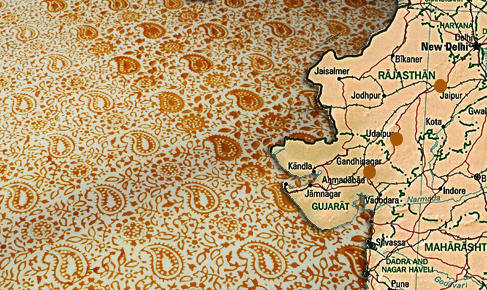
Hailing from the land of Maharajas, block-prints with their universally appealing degree of intricacy, competed their way to the weekly ‘haats’ and ‘melas’. Saudagars (the traders) from all over would come and sell their works to the landlords, Maharajas and their ladies. These very intricate and exuberant prints, typically made to adorn their turbans and chunris came to be known as Saudagari prints. Although a rarity now, some Saudagari blocks, preserved by the traditional craftsmen can be seen in the museums today.
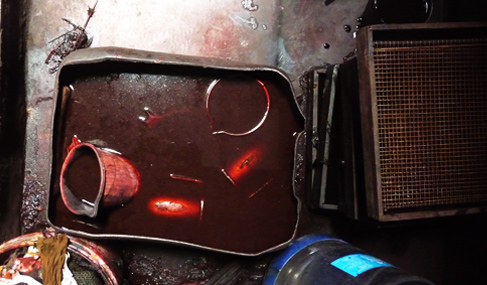
However, with changing times and with the onset of cities, block prints got popular by their place of origin i.e the villages (gaam in hindi) of India, to be called as the ‘Gaamthi’ prints.…vibrant colors, contrasting prints, varied patterns being their characteristic features. Originally, natural dyes were used, but today they have been replaced by chemical and artificial colors. The main colors used were, green from hinna, yellow the color of spring from turmeric, blue as in Krishna from indigo and black from rusting iron, near about 27 different colors could be achieved through plant parts and metals.
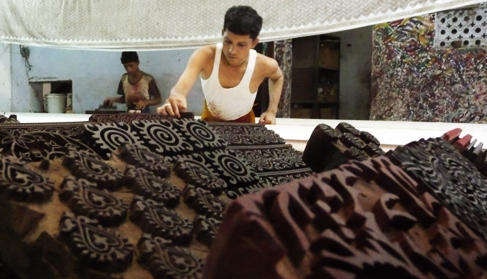
Judged by their level of perfection in detail, Pethapur has always been the centre for supremely intricate and accurate blocks, while the fabric is still traded from Bhimandi (Maharashtra) and Thirupur. Even though the motifs, the colors and the level of intricacy keeps changing with time and tastes of people, there are some unique blocks, which have retained their popularity over past 100 years.
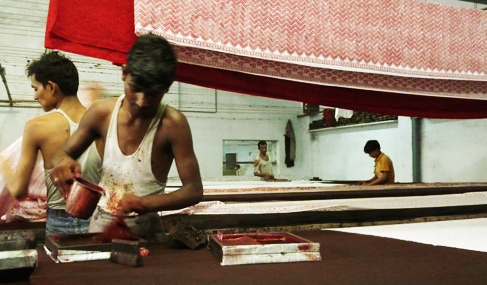
Made of seasoned teak wood, blocks are the main tools of the printer. With designs etched on the underside and two to three cylindrical holes drilled vertically and horizontally across the body of the block, the block makers of Pethapur ensure free air passage and release of excess printing paste, making their blocks so special.
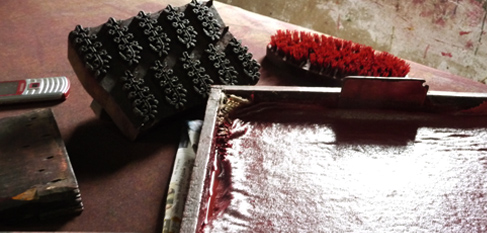
To begin the process, grey fabric (off-white, starched) is bleached to get the white, which is then given any color of choice using chemical dye. Printing on top with chemical colors is a tricky process, as it takes time for the colorants to react with the air, to give the actual color of the patterns. Complex patterns may need printing with 3-4 blocks, to achieve the final results. The fabric is then washed and sun dried.
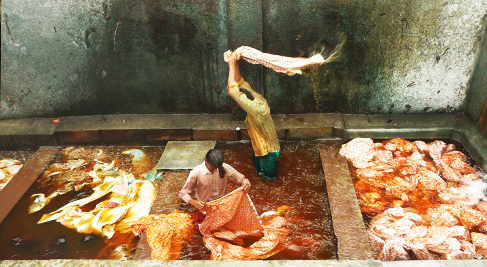
Screen printing has carved out a niche in these traditional block printing units due to increase in demand, decreasing number of admirers of the natural and completely hand made, low running cost, reliability of delivery in time. But the numerous combinations achievable by the same age old blocks, with some colors and a little playfulness in hand, still stands unparalleled….“Hand ka koi end nahi hai”, as quoted by the master craftsman.
| Craftsmen | |
| Made by | Artisans Works with Kalava Crafts |
| Returns and Exchange | |
| Note | ♦ The items in this category are non refundable but you may exchange this product with any other product from the same category. ♦ The products in this category is handmade. ♦ The product is only eligible for a refund in the case of damage or defect. |
| Material | |
| Made of | Cotton |
| Instruction | |
| Note | ♦ Imperfections and variations in the product cannot be termed as defects, as these are intrinsic to the handmade process. ♦ These might slightly differ from as seen on digital screen. |
| Care | We advise dry cleaning it for the first time and subsequently hand wash with a mild detergent like Eazy or Genteel. |
A camp in a desert or a hunting expedition in the middle of a forest or a battle field, something that stayed with the kings of the western India irre..
Rs.1,950
A camp in a desert or a hunting expedition in the middle of a forest or a battle field, something that stayed with the kings of the western India irre..
Rs.1,700
Over a century ago, when the world was bereft of any mechanical looms, the fabrics could only be made manually through traditional looms. Then, the fa..
Rs.7,173
Over a century ago, when the world was bereft of any mechanical looms, the fabrics could only be made manually through traditional looms. Then, the fa..
Rs.7,173
Over a century ago, when the world was bereft of any mechanical looms, the fabrics could only be made manually through traditional looms. Then, the fa..
Rs.7,173
Over a century ago, when the world was bereft of any mechanical looms, the fabrics could only be made manually through traditional looms. Then, the fa..
Rs.7,173
Over a century ago, when the world was bereft of any mechanical looms, the fabrics could only be made manually through traditional looms. Then, the fa..
Rs.3,020
From the plateaus of Madhya Pradesh, to the arid Thar Desert of Rajastha, to those of salt along the coastal lines of Arabian sea in Kutchh... she pul..
Rs.1,490
Kantha stitch is nothing but the humble running stitch and it essentially comes from the word Kantha/quilt.
Kantha, Patched, qu..
Rs.1,500
Long time ago, there was a king of Sindh, who like any other king, was fond of royal luxuries and used to sleep on a new bedspread everyday. One day, ..
Rs.5,200
Sunset at the great Narmada, the stepped ghat dotted with small temples, flickering diyas floating downstream in prayer, the river glowing a flaming g..
Rs.3,750
The Nadia district of West Bengal is a famous center of Vaishnavism. It is best known to devotees as the residence of Sri Advaita Acharya. After Lord ..
Rs.4,495
Some wandering rays of an aimless light, Carelessly slipped into my loom the previous night… Their whimsical sparks got woven away, Within the mortal ..
Rs.26,500
A synesthetic expression…where songs and words dance on canvas, colours and patterns make musical harmonies…The Gond tribal painting is an experience ..
Rs.1,855
Gathering commences in the middle of deserted pavilions where velvet carpets adorn the Dessert lands & Manganiyars play folk music as a bugle for ..
Rs.512 Rs.1,025
Gathering commences in the middle of deserted pavilions where velvet carpets adorn the Dessert lands & Manganiyars play folk music as a bugle for ..
Rs.512 Rs.1,025
Gathering commences in the middle of deserted pavilions where velvet carpets adorn the Dessert lands & Manganiyars play folk music as a bugle for ..
Rs.512 Rs.1,025
Gathering commences in the middle of deserted pavilions where velvet carpets adorn the Dessert lands & Manganiyars play folk music as a bugle for ..
Rs.512 Rs.1,025
A familiar chatter swells in the air as feet chase the trail of a carelessly flying odhani in the by-lanes of Bhuj, spilling colors all over. While&nb..
Rs.3,070 Rs.3,412
A familiar chatter swells in the air as feet chase the trail of a carelessly flying odhani in the by-lanes of Bhuj, spilling colors all over. While&nb..
Rs.9,310 Rs.10,345
A familiar chatter swells in the air as feet chase the trail of a carelessly flying odhani in the by-lanes of Bhuj, spilling colors all over. While&nb..
Rs.3,460 Rs.3,845

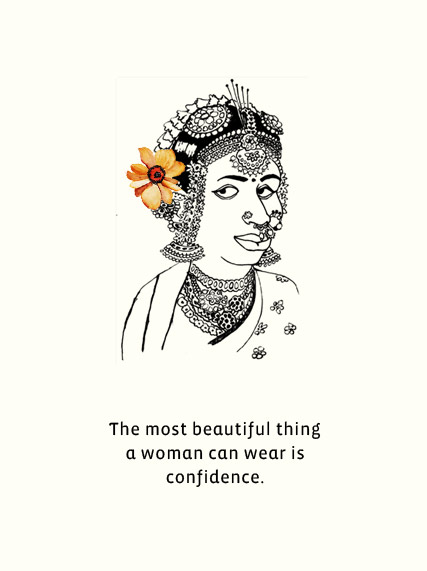

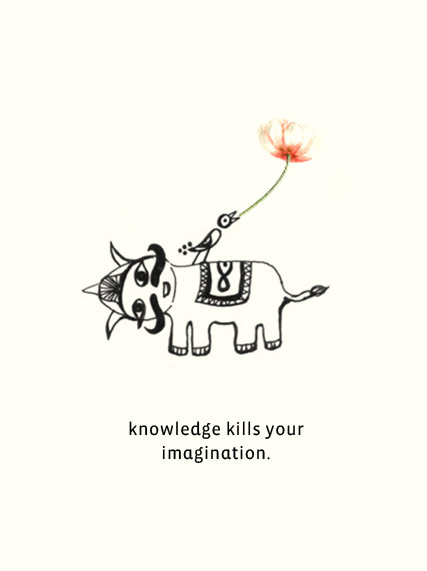

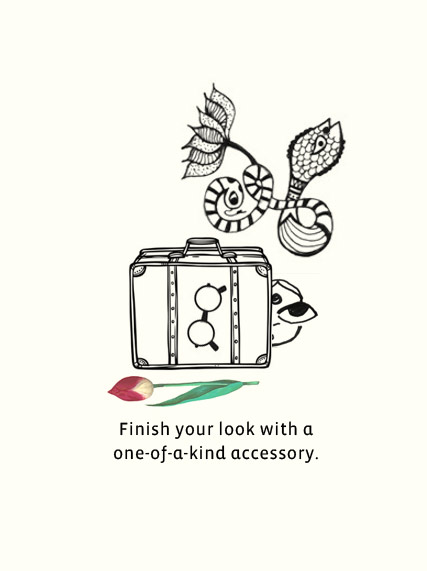
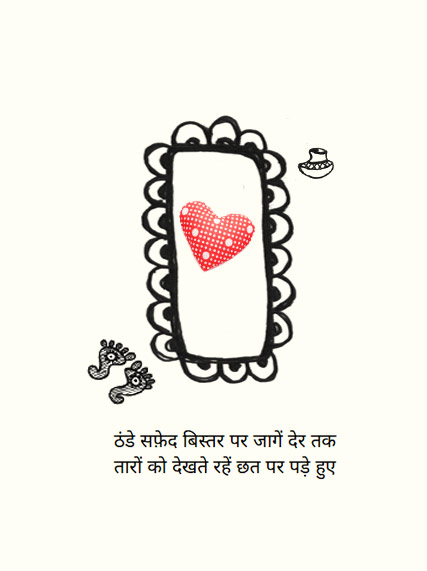


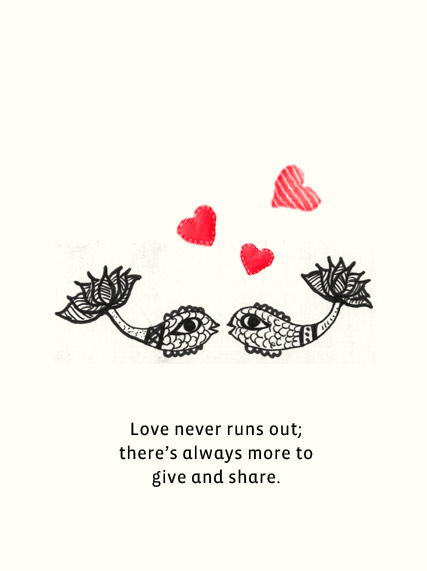
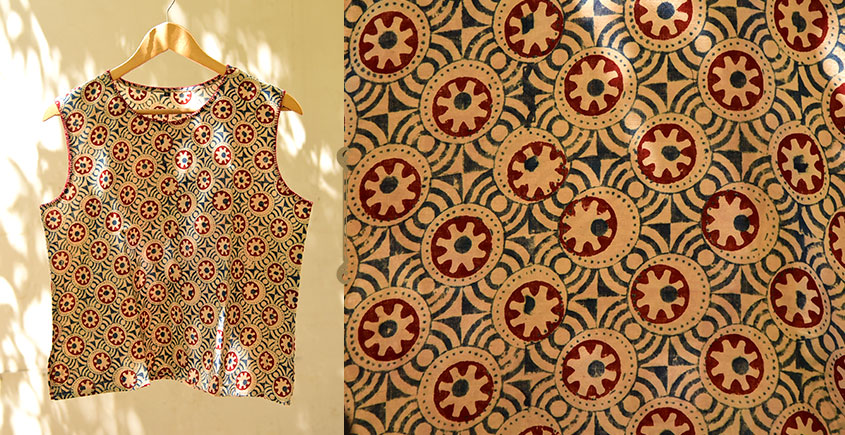
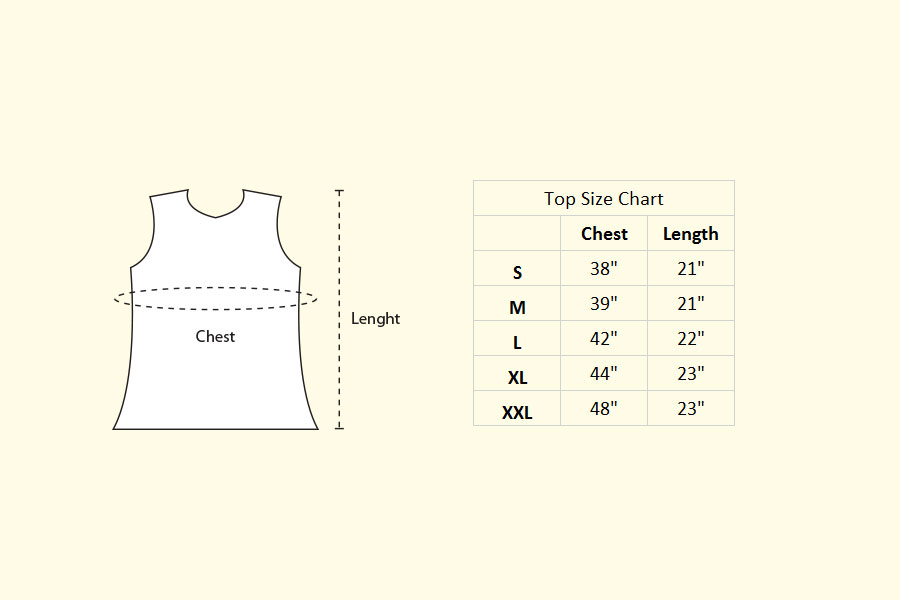
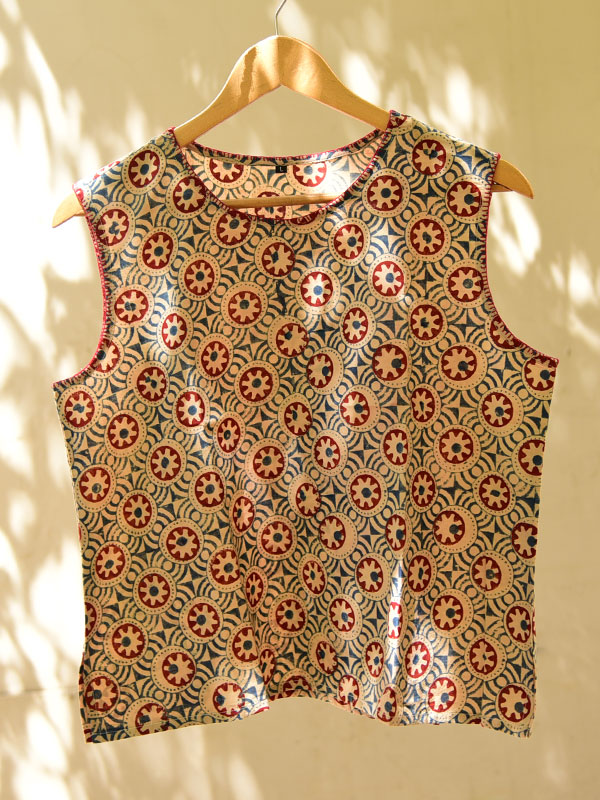
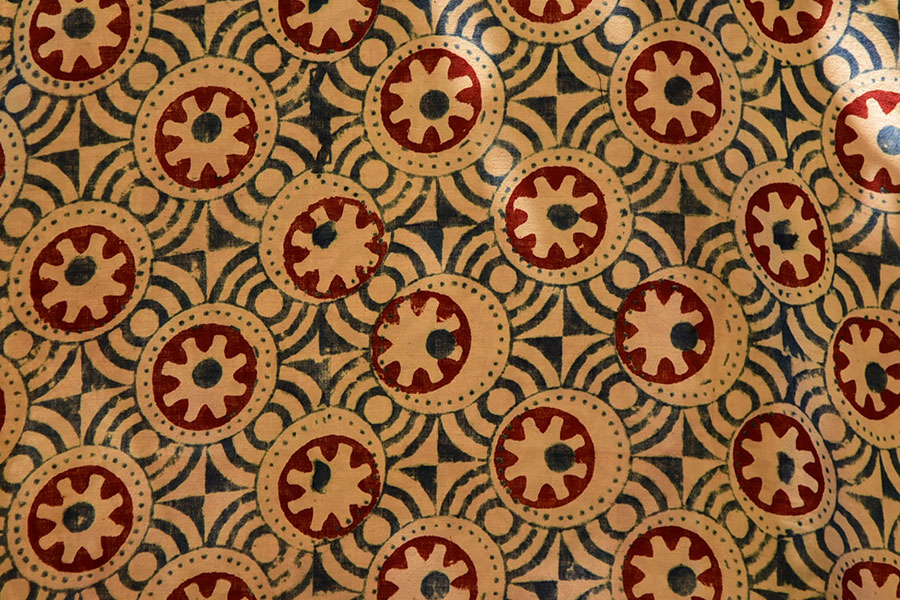
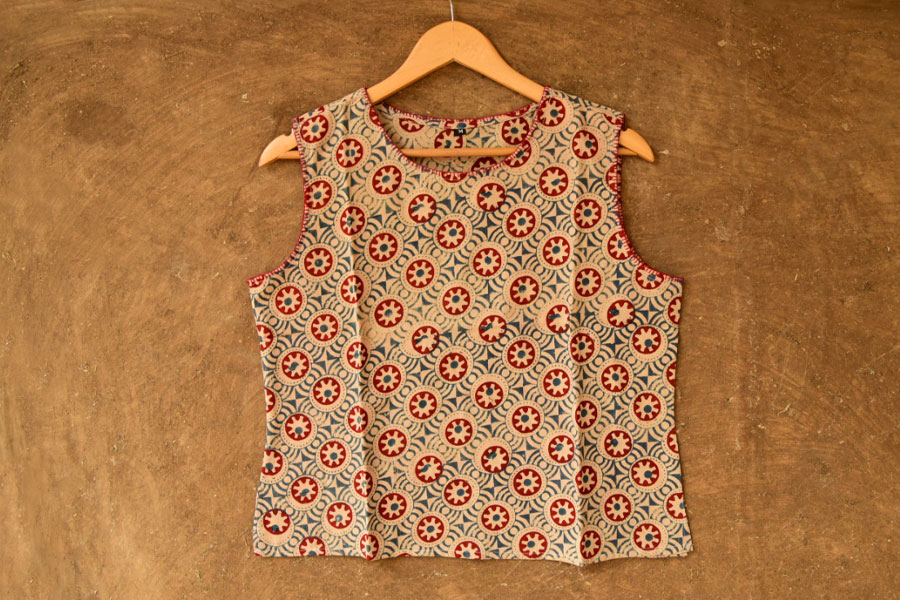
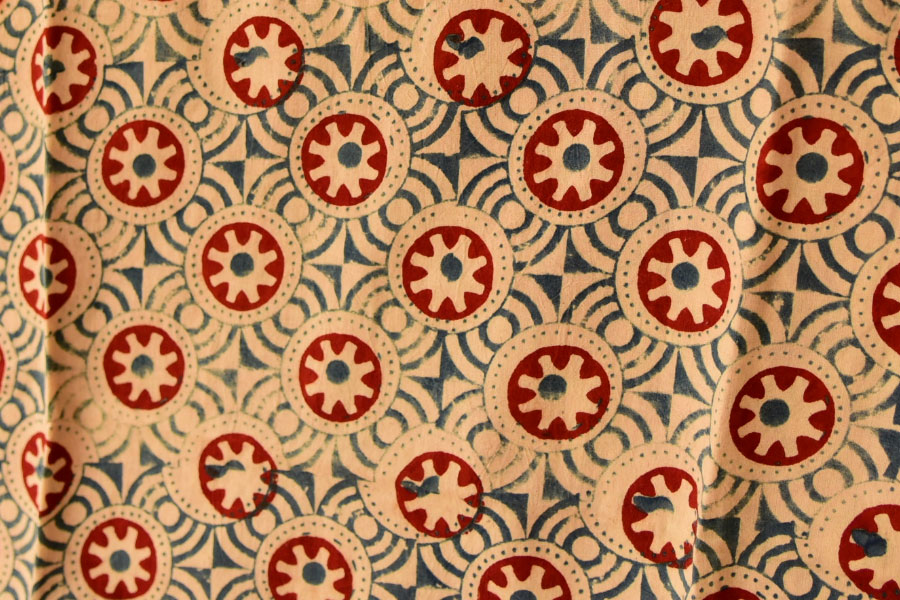







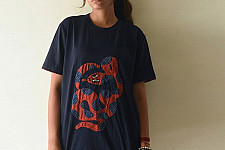
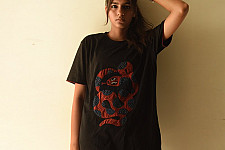
-Fixed-225x150w.jpg)

-225x150w.jpg)
-225x150w.jpg)
-225x150w.jpg)
-225x150w.jpg)
-225x150w.jpg)
-225x150w.jpg)
-225x150w.jpg)
-225x150w.jpg)
-225x150w.jpg)
-225x150w.jpg)
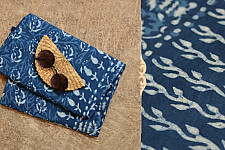
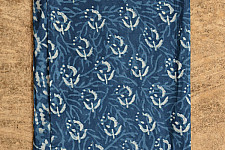

-225x150h.jpg)
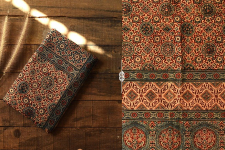
-225x150w.jpg)
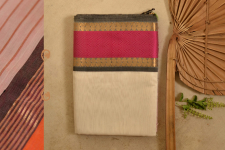
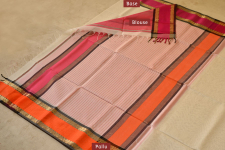
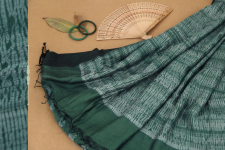
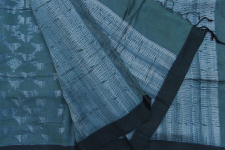
-225x150w.jpg)
-225x150w.jpg)
/16_05_2023/Gond-Art-Hand-Painted-Gond-Painting-Deer-Under-The-Tree-225x150h.jpg)
/16_05_2023/20-1-225x150w.jpg)









-225x150w.jpg)

-225x150w.jpg)

-225x150w.jpg)
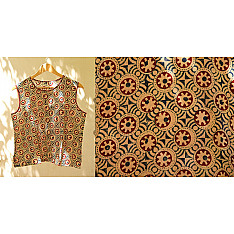
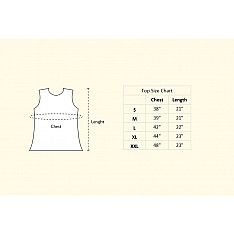
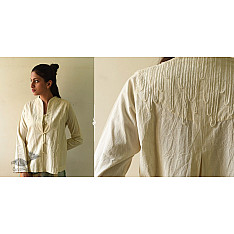
-234x234h.jpg)
-234x234.jpg)
-234x234.jpg)
-234x234.jpg)
-234x234.jpg)
-234x234.jpg)
-234x234.jpg)